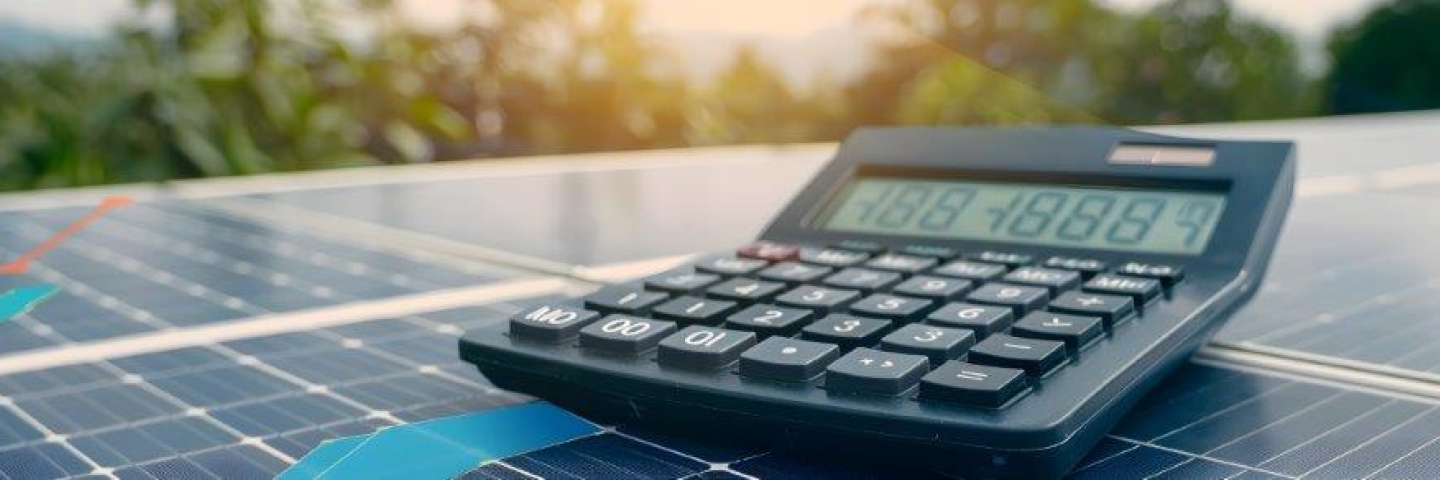It is important that environmental documents required by the Minnesota Environmental Policy Act (MEPA) include usable information about potential climate effects to support Minnesotans in their efforts to lessen the impacts of climate change and adapt to changes already occurring.
Climate Calculator
Assessing a proposed project's greenhouse gas (GHG) emissions can help decision makers identify opportunities to:
- Reduce GHG emissions
- Improve environmental outcomes
- Make more informed decisions about climate adaptations
Local governments, businesses, and the public are seeking reliable tools to evaluate how climate change affects their communities, economies, and ways of life. The Climate Calculator is now available to facilitate the gathering of climate information within the EAW. The calculator provides additional accuracy, transparency, and consistency in answering EAW items 7 and 18 while reducing the time, cost, and uncertainty for government units and project proposers.
In 2023, the EQB received legislative funding to develop a climate calculator to support implementation of the climate-focused revisions to the EAW form. The goal of developing a climate calculator was to make climate assessment consistent, effective, and efficient. The tool is designed to ensure accuracy and consistency of the climate information provided on the EAW form while reducing the time and cost for project proposers to provide information and state and local government agencies to assess applicable climate information.
Here, you'll find guidance, best management practices, and resources for completing climate assessments on the approved EAW form.
Below you can find more information about the calculator including the reports, FAQ, and training demonstrations.
Recorded webinar on the calculator overview.
Recorded webinar on the calculator demonstration.
Questions?
Please email Stephanie Aho at stephanie.aho@state.mn.us or call us at 651-757-2873.
